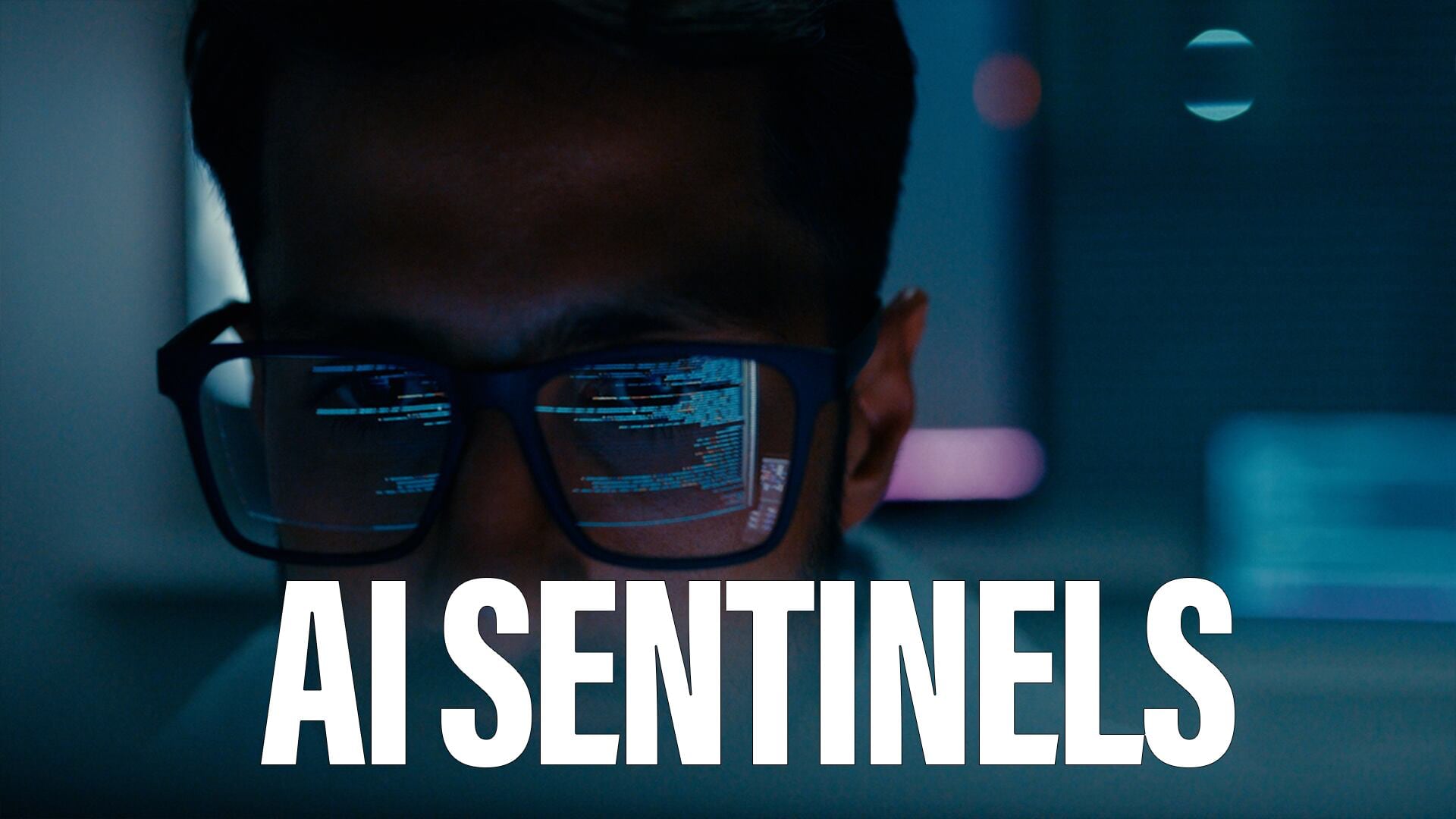The DCP likely will and underlined by the white paper include new frigates and submarines for the Royal Australian Navy, an armed unmanned aerial system and VIP aircraft for the Royal Australian Air Force (RAAF), and follow-on orders of armored fighting vehicles for the Australian Army — capabilities the white paper probably will underscore.
The new equipment will be in addition to several current major acquisition projects running at the current time, which include three air warfare destroyers (AWDs), 72 joint strike fighters and the first tranche of the Land Combat Vehicle System (LCVS) program, which will acquire of mounted combat reconnaissance vehicles.
But the defense organization as a whole is facing reorganization, with far-reaching implications for future procurement, following the First Principles Review, a report on the acquisition process released April 1 by Defence Minister Kevin Andrews.
One result of the review: The Defence Materiel Organisation (DMO), which performs acquisition and sustainment for the Australian Defence Force, is to be merged back into the defence force. DMO is staffed by a mix of civilian and uniformed personnel.
The Abbott government pledged to undertake the review upon coming to power in 2009, and Kevin Andrews said at its release that the shortcomings it identified will be urgently addressed.
"These include a proliferation of structures, processes and systems with unclear accountabilities, which in turn cause institutional waste, delayed decisions, flawed execution, duplication, over-escalation and issues for decision, and low engagement levels amongst employees in parts of the organization," Andrews said. "So this review proposes a transformational change across Defence, to ensure that it can deliver on future requirements that will be outlined in the government's forthcoming white paper and related documents," he said. "To achieve this, Defence must move from a current inefficient federated approach into a single, integrated organiszation that delivers an enhanced joint capacity."
The report is titled "Creating One Defence," and the majority of its 75 findings agreed to by the government will be implemented over the next two years.
Air Combat Capability Acquisition
While the specifics of future acquisition will not be fully known until the white paper's release, significant capabilities have been added to all three services across the ADF in recent years, and this is set to continue with the Abbott government's promise to return spending to 2 percent of gross domestic product by 2023-24. Andrews reiterated that commitment April 1.
"The government is committed to returning the defence budget to 2 percent of GDP, and I reiterate that commitment today," Andrews said on April 1.
The Royal Australian Air Force (RAAF) received the first two of 72 Lockheed Martin F-35A Lightning II joint strike fighters last year and this year will receive its first Alenia Aermacchi C-27J Spartan battlefield airlifters it currently has on order.
In July, the first Boeing EA-18G Growler is due to roll off the production line in St. Louis and, after a period of testing with the US Navy, will be delivered to the RAAF. This will mark the first export for Growler and from 2017 the RAAF will be the only service outside the US Navy to have a dedicated airborne electronic attack capability.
In the meantime, Australian crews are already training with the US Navy at Whidbey Island, and some will be posted to US expeditionary Growler squadrons on completion.
"We need time to not only complete Growler training, but also understand how to properly support, task and operate the aircraft, because it is a capability the ADF has never had before," said Wing Commander Paul Jarvis, the acting director of the RAAF EA-18G Transition Team, said. "It will enhance ADF awareness in the electro-magnetic spectrum."
Naval Acquisition and Shipbuilding
The Royal Australian Navy commissioned the first of two 28,000-metric-tonne landing helicopter dock (LHD) amphibious warfare vessels in late 2014 and the second is due to follows this year. Together with the ongoing Anzac-class frigate Anti-Ship Missile Defence (ASMD) programme, this has added to the surface fleet significant new capability to the surface fleet and this that will be further enhanced when the three Hobart-class air warfare destroyers (AWDs) enter service later in the decade.
The AWD program has been significantly delayed, however, and there is ongoing a debate over the future of Australia's naval shipbuilding industry and its future viability. Australia has plans to build up to 12 large conventionally powered submarines, eight frigates and a number of patrol boats in the next decade, but industry has there are real concerns within industry that vital shipbuilding skills are being lost as work on the AWD and LHD programs winds down in the meantime.
In mid-April, Kevin Andrews released a report on Australia's naval shipbuilding enterprise, undertaken on behalf of the government by the Rand Corporation. Although the construction of submarine construction was not included in the terms of reference, the report found that Australia could sustain a naval shipbuilding program, subject to industry reform of the industry and by carefully managing careful management of a continuous shipbuilding strategy.
Options for this include a fourth air warfare destroyer in the interim and a rolling build program for the future frigate.
"This government is prepared to invest in the skills and knowledge base of the Australian naval shipbuilding industry, and is prepared to commit to a long-term investment to make sure this important industry enjoys a future in Australia and these critical skills are maintained," Andrews said.
Andrew Davies, a senior analyst with the Australian Strategic Policy Institute (ASPI), considered in that organization's "The Strategist" blog that the report is a "valuable contribution" to the debate on Australia's future shipbuilding aspirations.
"No doubt it would've been better if the analysis had included submarines as an addition to the baseline surface shipbuilding it examines, but it still answers some important questions," Davies wrote. "Perhaps most importantly, it provides a solid estimate of the premium the Australian taxpayer currently pays for local construction, and what the 'best case' figure might be in the future."
Land Warfare
Australia early this year issued to industry a request for tender for the first phase of its Australia's largest-ever land warfare program.was issued to industry early this year, with responses expected in June. Phase 2 of the Land Combat Vehicle System — formally Project Land 400 — will initially acquire combat reconnaissance vehicles to replace the Australian Army's existing Australian Light Armoured Vehicles (ASLAV) fleet. and Future phases of the $10 billion ($US 7.89 billion) program will oversee the introduction of infantry fighting vehicles and maneuver-support fleets.
At the present time There are significant questions about to be answered with regard to the initial phase, and it is not yet clear which industry teams will bid and how much of the vehicle will be assembled in Australia. Earlier in April, Boeing and Iveco-Oto Melara announced in April they would withdraw from the competition, but did not give specific reasons. and Further industry announcements are expected as June approaches.
Land 400 will continue (in acquisition and sustainment phases) is due to last between 30 and 40 years, during which time hundred of vehicles will be acquired for Australian Army service.
Email: npittaway@defensenews.com
Nigel Pittaway is the Australia correspondent for Defense News.








